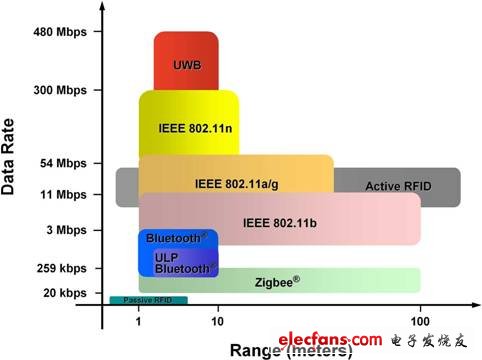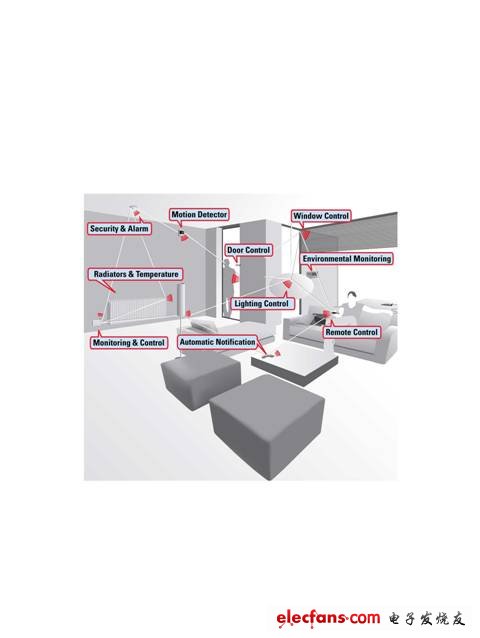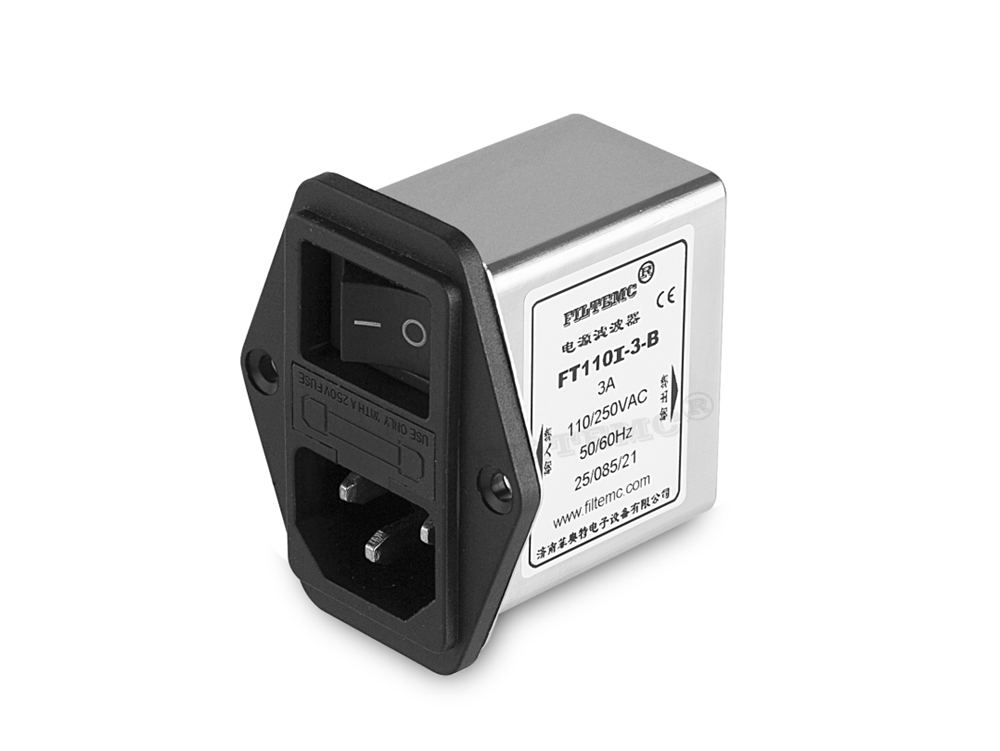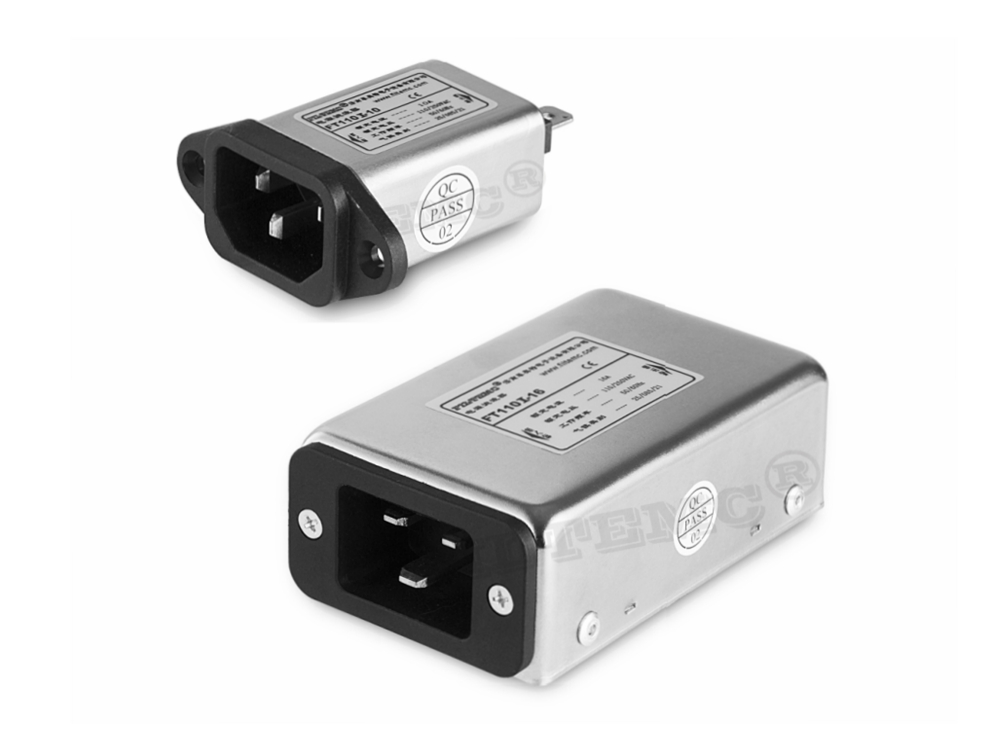Wireless sensor networks: ISM band and WSN
In recent years, the explosive development of wireless technology has spawned a variety of industrial, scientific, and medical (ISM) band wireless standards. With these new standards, various wireless applications have penetrated into all aspects of our daily lives. There is no doubt that Wireless Sensor Networks (WSN) is an important application that benefits most from these standards. This article will briefly introduce the ISM band and WSN, and some wireless standards that support them. Overview of Industrial Science and Medical Band The ISM band is part of the spectrum that can be used by anyone without authorization. The only requirement to develop products in the ISM band is to comply with some regulations in this part of the spectrum. These regulations vary from country to country. In the United States, the Federal Communications Commission (FCC) is responsible for formulating these regulations, while in Europe the European Telecommunications Standards Institute (ETSI) is the regulatory body. Part 15 of the "FCC Regulations" specifies the frequency band requirements in the United States. Figure 1 illustrates various frequencies and frequency bands, and lists the corresponding regulatory agencies. Figure 1 Different wireless standards operating in the ISM band The 2.4 GHz frequency band and several sub-1 GHz frequency bands are the most widely used ISM frequency space today. Due to the complexity of the 2.4 GHz band, some product R & D activities are shifting to the 5 GHz band-but this trend is still very limited due to the problem of effective communication distance. 2.4 GHz is a general-purpose frequency band, and the frequency bands below 1 GHz allocated to low-power wireless applications are different in different countries. In the United States, the most common remaining frequency band is 902-928 MHz, while most wireless communication activities in Europe are concentrated in the 868 MHz frequency range. When it is necessary to be common with other systems and work in different geographic spaces is a key issue, we recommend using the 2.4 GHz frequency band. The main disadvantages of using the 2.4 GHz band are its crowded space and the limited communication distance due to the poor transmission characteristics of the 2.4 GHz frequency. Choosing to design products in the frequency band below 1 GHz helps solve some of the problems faced in the 2.4 GHz band; however, the frequency band below 1 GHz also has some of its own limitations: a. Restricted duty cycle b. Unable to achieve interoperability with other systems c. Different geographic spatial working restrictions (for example: wireless instruments designed for the US 902-928 MHz band cannot work properly in Europe.) Based on different frequencies, target data rates, distances, and ideal levels of interoperability, several new standards have emerged that work in the ISM frequency space. Figure 1 shows some of the standards most commonly used by wireless engineers for product development. Overview of wireless sensor networks Obviously, the "smart" environment represents the next stage of evolution in architecture, public utilities, industry, households, transportation and agriculture. Therefore, people's attention to WSN is steadily increasing. A WSN consists of many sensors distributed in a geographical area. Figure 2 A general structure diagram of a WSN node WSN generally includes a host or "gateway", which communicates with a large number of wireless sensors through a radio communication link. The data collection work is completed in the wireless sensor node, after being compressed, it is directly transmitted to the gateway, or if required, other wireless sensor nodes can also be used to pass the data to the gateway. After that, the gateway guarantees that the data is the input data of the system. Each wireless sensor is regarded as a node, has wireless communication capabilities, and also has certain signal processing and network data intelligence. Depending on the type of application, each node can have a designated address. Figure 2 shows the general structure of a node. It will generally include a sensing device, a data processing microcontroller, and a wireless connection RF module. According to different network definitions, the RF module can act as a simple transmitter or transceiver (TX / RX). When designing a node, it is important to pay attention to current consumption and processing power. The memory of the microcontroller is very dependent on the software stack used. Figure 3 WSN used in the home environment Figure 3 shows a WSN applied in the home environment. In this network, we can observe different types of sensors, such as: motion detectors, radiators, temperature monitoring, and so on.
IEC filters are specially
designed for standard IEC connectors, easy to assemble, high cost effective;
FT110I
/FT110I-A/FT110I-B/FT110I-C/FT110I-D
series are general purpose one-stage common mode IEC plug filters.
FT120I series are designed as two-stage
high performance IEC inlet filters;
Excellent common and
differential mode attenuation performance for interference from 150KHz to
30MHz;
IEC power line filters of 15A (and above) with higher
parameter design, better filtering effect, especially suitable for UPS.
Optional one or two φ5.0 x 20 F type
glass fuses.
Single and double-pole switches are
available.
Power Line Filters Single Phase,IEC Filter,IEC Plug Filter,IEC Inlet Filter Jinan Filtemc Electronic Equipment Co., Ltd. , https://www.chinaemifilter.com




